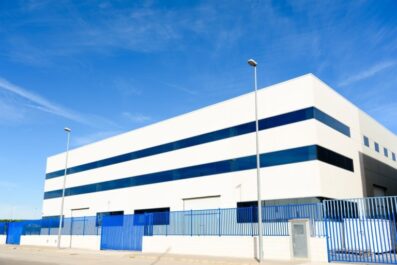Factors Affecting CNC Milling Performance

With the advancement of modern CNC machining technology, there have been significant changes in machining techniques, manufacturing methods, and production modes.
These changes have led to higher demands on the structure, efficiency, performance, and precision of mechanical products. Parts are becoming increasingly complex, with stricter precision requirements and higher difficulty levels, placing greater demands on both programmers and operators.
The milling machines are highly precise and can produce complex shapes. They can also be programmed to produce multiple identical parts, making custom CNC milling a cost-effective solution for production.
Choosing the Right Milling Machine Tool
As society progresses, the variety of CNC machine tools has expanded, and part structures have become more complex. When selecting milling machine tools, it is essential to choose the simplest option that meets the machining requirements.
Among the many CNC machines available, the selection should be based on the part’s structure, shape, material, and precision requirements. This ensures improved machining efficiency, meets precision requirements, produces products that conform to design specifications, and reduces production costs.
Analyzing Part Drawings to Clarify Machining Content and Technical Requirements
Clarifying machining content and technical requirements involves identifying the features of the part, the material and dimensions of the blank, and selecting the correct milling machining tools and equipment to produce a compliant product based on the part drawing.
This includes examining the part for planar machining, profile machining, hole machining, boss machining, slot machining, and thread machining. It also involves carefully verifying the part’s tolerances, surface roughness requirements, material, and blank dimensions.
Selecting Machining Methods
Mechanical parts, despite their diverse and complex structures, are essentially composed of basic structures such as planes, cylindrical surfaces, formed surfaces, curves, and threads. Each of these structures can be machined using various methods.
The selection of specific machining methods should comprehensively consider factors such as the part’s material, dimensional accuracy, surface roughness, structural shape, and production type, ultimately choosing the most suitable machining method.
For instance, milling is suitable for machining planes, profiles, bosses, and slots. Drilling and reaming are appropriate for hole machining while drilling and tapping are suitable for thread machining.
Dividing Machining Processes
The division of machining processes can follow either the principle of process concentration or the principle of process dispersion. Process concentration aims to reduce the number of processes and machine tools, allowing more surfaces to be machined in a single setup, typically used in single-piece or small-batch production.
Process dispersion, characterized by single-content processes and an increased number of processes and machine tools, is generally used in mass production.
Each principle has its advantages and disadvantages. The choice between them should be based on production type, structural characteristics, production scale, and technical requirements. For parts with many features, high precision requirements, and single-piece production, the principle of process concentration is appropriate.
There are many methods for dividing machining processes. A common approach is to first divide by the number of installations, then by rough machining, semi-finishing, and finishing, and finally by machining tools.
Ensuring Machining Quality
1. Accuracy of Major and Minor Dimensions
Major dimensions are those with specified tolerances indicated in the part drawing, while minor dimensions are those with only basic dimensions (without tolerance specifications). Given that each dimension’s tolerance varies, including positive and negative deviations, the part drawing should be based on the median dimensions. Depth and height dimensions should also be set according to these median values.
2. Ensuring Parallelism
Ensuring parallelism is a common challenge when machining the front and back surfaces of a workpiece. The main causes of parallelism deviation include fixture errors, parallel shim errors, and human clamping errors. The magnitude of parallelism error directly affects the accuracy of related dimensions on the front and back surfaces.
3. Preventing Clamping Deformation and Clamping Marks
To improve machining efficiency, rough machining often employs a large cutting depth and feed rate, generating significant cutting forces and requiring strong clamping forces. These large clamping forces can leave indentations on already machined surfaces.
Using thin copper sheets to protect finished surfaces can mitigate this. After rough machining, most of the material is removed, altering the structure and potentially causing elastic deformation of some features due to excessive clamping force. When finishing the part, releasing the clamping force can cause elastic recovery, leading to dimensional inaccuracies.
Addressing clamping deformation is crucial. The specific method involves gradually releasing the movable jaw of the vise after rough machining while keeping the workpiece in place. This allows the internal stress of the workpiece to be released and redistributed.
The deformed sections will rebound, and the workpiece can then be gently reclamped with a smaller clamping force. Recalibrate the workpiece and set a new workpiece coordinate system for the finishing process.





